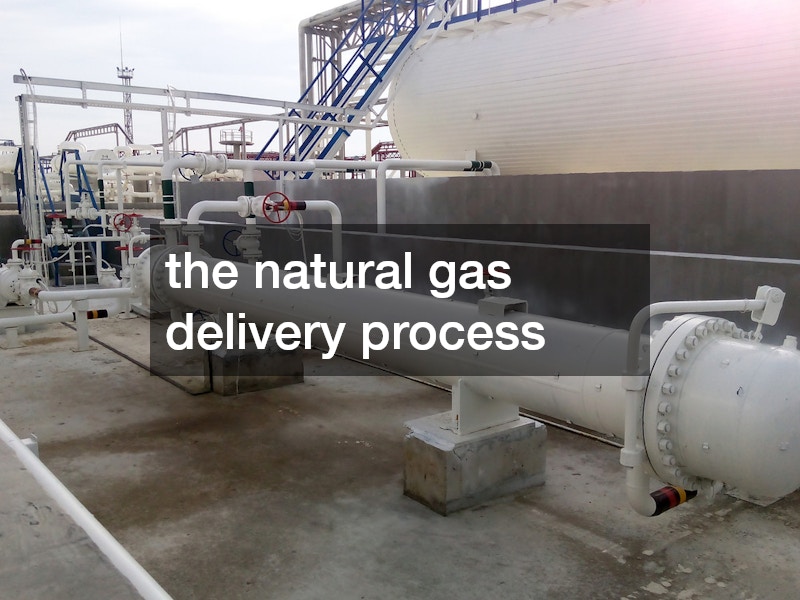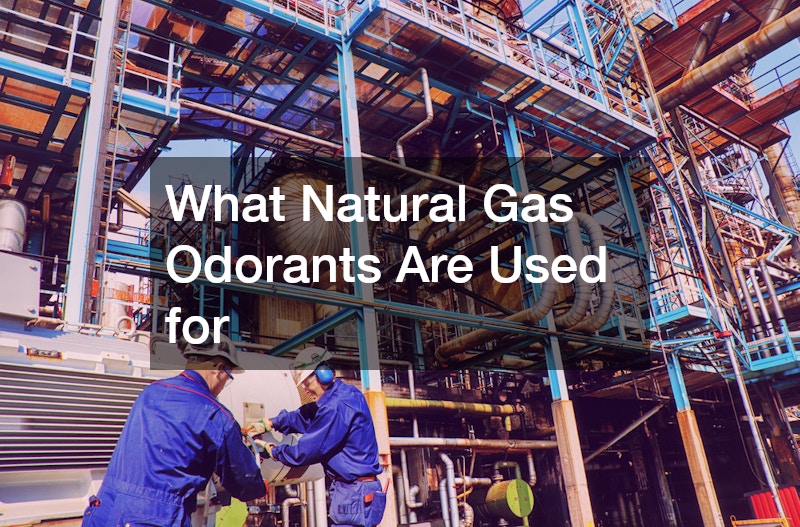Natural gas is inherently odorless, which poses a significant safety risk since leaks can go unnoticed. To combat this, utility companies add odorants to natural gas to give it a distinctive, easily detectable scent, often described as “rotten eggs” or “sulfur-like.” The primary purpose of these odorants is to enable people to quickly recognize and respond to potential gas leaks, enhancing safety and preventing accidents.
The most commonly used odorant for natural gas is mercaptan, a sulfur-containing compound that has a strong, pungent smell. Mercaptan is highly effective because even a tiny concentration is enough for humans to detect.
This odorant is typically added at the processing plant or as the gas enters the distribution system, ensuring it reaches homes, businesses, and industrial facilities safely.
In addition to mercaptans, other odorants, such as tetrahydrothiophene (THT) and dimethyl sulfide, may be used, especially in regions where specific regulations or unique gas compositions require alternative or supplementary odorants. These compounds serve the same function of providing an unmistakable warning sign of a gas leak, which can help prevent fires, explosions, and poisoning due to natural gas inhalation.

Natural gas odorants are a critical part of the natural gas delivery process, providing an essential safety measure that allows for early detection and response to leaks, ultimately protecting lives and property.

